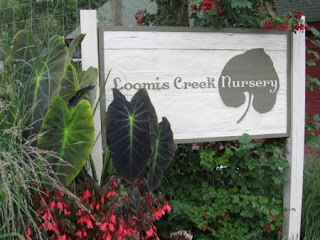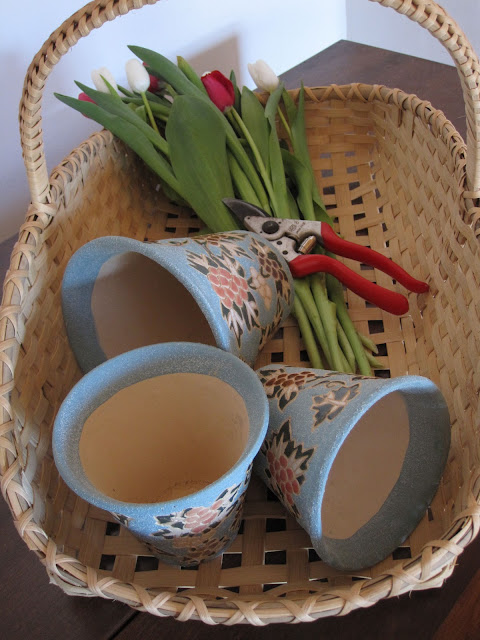Copyright Phyllis Odessey. No usage without permission.
Copyright Peter Mauss. No usage without permission.
Copyright Peter Mauss. No usage without permission.
When a scientific institution, like The Museum of Natural History, thinks it worth developing an "exhibition" around meditation, I get my butt out of bed; grab my mat and see what's happening.
Copyright Peter Mauss. No usage without permission.
Before I sit in full lotus position, I want to be convinced that meditation can change the way I deal. Turns out the proof is in the brain.
Sand and tools to make the mandala. Copyright Peter Mauss. No usage without permission.
Khen Rinpoche Geshe Kachen Lobzang Tsetan conducting a meditation session at the Museum.
Copyright Peter Mauss. No usage without permission.
Living in America: Khen Rinpoche Geshe Kachen Lobzang Tsetan conducting a meditation session at the Museum.
Copyright Peter Mauss. No usage without permission.
Brain and the Tibetan Creative Mind
Meditation of Neuroscience
"Meditation produces changes in brain function that promote well-being, foster positive affect and virtuous dispositions and impact physical health and illness.
Copyright Jeff Miller/University of Wisconsin. Richard J. Davidson with monk.
...Researchers have also found that some of the Tibetan meditation practices alter peripheral biological responses in ways that may be beneficial to physical health. Collectively this new body of research suggests that the brain can be changed through transformation of the mind."
from the brochure accompanying Living In America: Brain and The Tibetan Creative Mind.
Richard J. Davidson gave the only lecture at the Museum as part of the Brain and Creative Mind exhibition. Davidson, a Harvard-educated scientist recounted his meeting with the Dali Lama in 1992: "You study depression, anxiety, and stress, why not compassion?
from the brochure accompanying Living In America: Brain and The Tibetan Creative Mind.
Richard J. Davidson gave the only lecture at the Museum as part of the Brain and Creative Mind exhibition. Davidson, a Harvard-educated scientist recounted his meeting with the Dali Lama in 1992: "You study depression, anxiety, and stress, why not compassion?
For the past 15 years, Davidson has worked with long-time practitioners (those with at least 10,000 hours of formal practice) to examine changes in brain function when meditating.
Davidson talked about a study he conducted over the internet with those who practice only 30 minutes a day in a totally secular way:
Davidson talked about a study he conducted over the internet with those who practice only 30 minutes a day in a totally secular way:
- Focus on SELF: visual a time in your life when you were suffering. Cultivate a wish to be free from that suffering.
- Focus on a STRANGER (perhaps a bus driver, doorman, etc.) imagine a time when they suffered and cultivate a wish that they be free of suffering.
- Focus on on ALL BEINGS and wish that they be free from suffering
Part of the exhibition: 64 Tibetan medical paintings.
These are hand-painted reproductions of traditional scroll paintings,
which provide a history of early medical knowledge and procedures in Tibet.
They are believed to be among only a handful of such sets in existence.
They were created in the late 1990's by Romio Shrestha, a Nepalee artist and his students.
These are hand-painted reproductions of traditional scroll paintings,
which provide a history of early medical knowledge and procedures in Tibet.
They are believed to be among only a handful of such sets in existence.
They were created in the late 1990's by Romio Shrestha, a Nepalee artist and his students.
Medicinal Plants
Snow Leopard part of the Cham Performance
performed by the monks from the Tashi Lhunpo Monastery in Tibet.
Copyright Peter Mauss. No usage without permission.
THE CLOSING CEREMONY A week of events, centered around meditation and the making of a medicine mandala ended on Sunday. It was time for the mandala's next incarnation. Spending 8 hours a day, 7 days creating a meticulously crafted art form and in a matter of minutes, sweeping up millions of grains of sand takes some doing.
The penguins looked on
Copyright Peter Mauss. No usage without permission.
The Director of the program was busy tapping on her iphone.
(There must be an iphone app = icompassion).
Copyright Peter Mauss. No usage without permission.
Sweeping the sands
Copyright Peter Mauss. NO usage without permission.
Distributing the grains of sand to all who watched.
According to the monks the sand contains medicinal healing properties. As New Yorkers, we all pushed our way to get a little plastic bag. The monks knew more than we did. There was plenty for all.*
performed by the monks from the Tashi Lhunpo Monastery in Tibet.
Copyright Peter Mauss. No usage without permission.
THE CLOSING CEREMONY A week of events, centered around meditation and the making of a medicine mandala ended on Sunday. It was time for the mandala's next incarnation. Spending 8 hours a day, 7 days creating a meticulously crafted art form and in a matter of minutes, sweeping up millions of grains of sand takes some doing.
The penguins looked on
Copyright Peter Mauss. No usage without permission.
The Director of the program was busy tapping on her iphone.
(There must be an iphone app = icompassion).
Copyright Peter Mauss. No usage without permission.
Sweeping the sands
Copyright Peter Mauss. NO usage without permission.
Distributing the grains of sand to all who watched.
According to the monks the sand contains medicinal healing properties. As New Yorkers, we all pushed our way to get a little plastic bag. The monks knew more than we did. There was plenty for all.*
The grains of sand at my altar!
As a gardener, impermanence is something I am very familiar with. Nature is my teacher. I experience "death" in the garden, through disease, extreme, unexpected weather, but rarely by my own hand. I have been known to occasionally rip a plant out of the ground. Usually I try to pawn it off on friend or foe.
To watch the willful destruction of the mandala took fortitude. The monks were smiling, I was horrified...still very much of a Western mind.
Khen Rinpoche thanked everyone for coming and said, "Enjoy Your Life."
*In a previous blog "Wallflower" I discussed how everywhere I go, the rose seems to play a part in the scene. Today, was no different. A rose was put in the middle of the mandala, before the sands were swept.
To watch the willful destruction of the mandala took fortitude. The monks were smiling, I was horrified...still very much of a Western mind.
Khen Rinpoche thanked everyone for coming and said, "Enjoy Your Life."
FOR MORE INFORMATION about Davidson's Work:
"A human being is part of a whole,
called by us the Universe, a part limited in time and space. He experiences himself, his thoughts and feelings, as something separated from the rest a kind of optical delusion of his consciousness. This delusion is a kind of prison for us, restricting us to our personal desires and to affection for a few persons nearest us. Our task must be to free ourselves from this prison by widening our circles of compassion to embrace all living creatures and the whole of nature in its beauty."
Albert Einstein

































































 snap du jour (photo blog)
snap du jour (photo blog)




